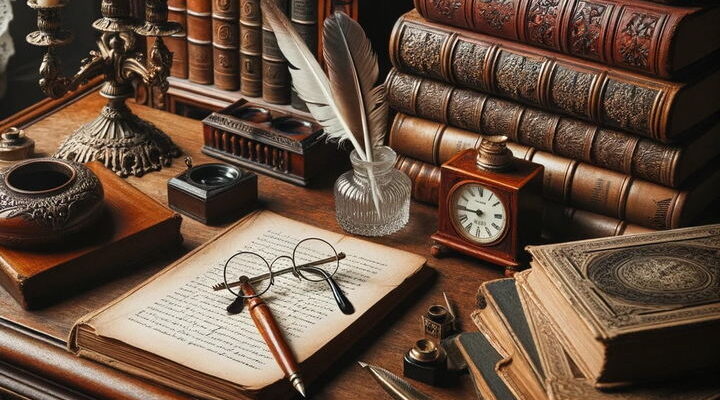The Victorian Era, spanning the reign of Queen Victoria from 1837 to 1901, stands as one of the most momentous epochs in Great Britain’s history. It’s a time marked by unparalleled industrial growth, an expanding British Empire, and groundbreaking shifts in society and culture. But beyond these tangible changes, the Victorian Era left an indelible mark on literature, offering readers timeless gems.
One of the core pillars of the Victorian spirit was its zest for chronicling the contemporary society’s shifts. Writers keenly observed and captured the essence of a rapidly urbanizing world, class tensions, moral dilemmas. And the poignant questions of existence. They provided a lens into the highs and lows of their era, from the grandeur of high society to the grit and resilience of the working class.
This rich tapestry of themes, woven with intricate prose and unforgettable characters, is the hallmark of Victorian literature. It reshaped the way stories were told, introducing the world to complex characters, intricate plots, and a keen insight into the human psyche. And, as we unveil the list of ’10 Most Influential Victorian Era Novels that Redefined Literature’, you’ll witness how these tomes are not merely stories—they’re masterclasses in literary art.
10 – “David Copperfield” by Charles Dickens (1849)
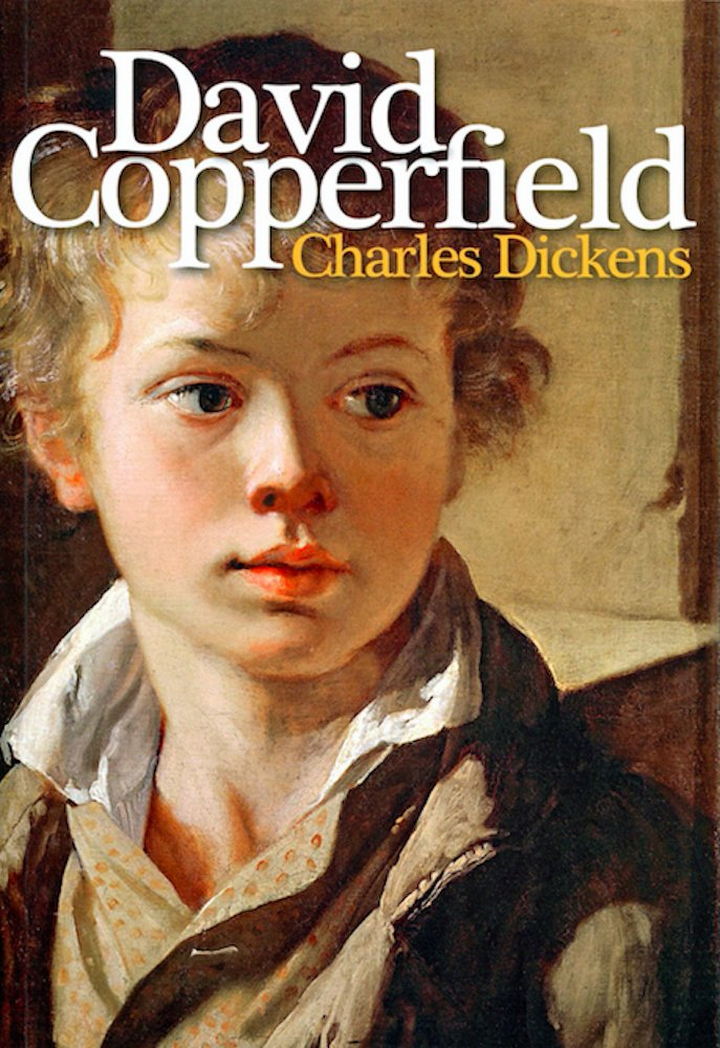
In the vast canvas of Victorian Era novels, “David Copperfield” by Charles Dickens stands out as a masterpiece. It offers a tapestry of life, love, and self-discovery. Often regarded as Dickens’s most autobiographical work, this novel paints a vivid picture of a young man’s journey from a challenging childhood to eventual success.
Set against the backdrop of Victorian England, readers get a taste of the socio-economic challenges of the time. From child labor in factories to the rigors of a class-driven society. Dickens’s portrayal of the titular character’s struggles and triumphs offers readers a profound insight into the resilience of the human spirit.
One cannot discuss “David Copperfield” without mentioning its memorable characters. From the conniving Uriah Heep to the nurturing Betsey Trotwood, Dickens showcases his unparalleled skill in character creation. This novel is not just a coming-of-age story; it’s a commentary on Victorian society and its complexities. Today, it serves as a powerful testament to Dickens’s literary genius. And his ability to merge social critique with compelling storytelling.
09 – “The Woman in White” by Wilkie Collins (1859)
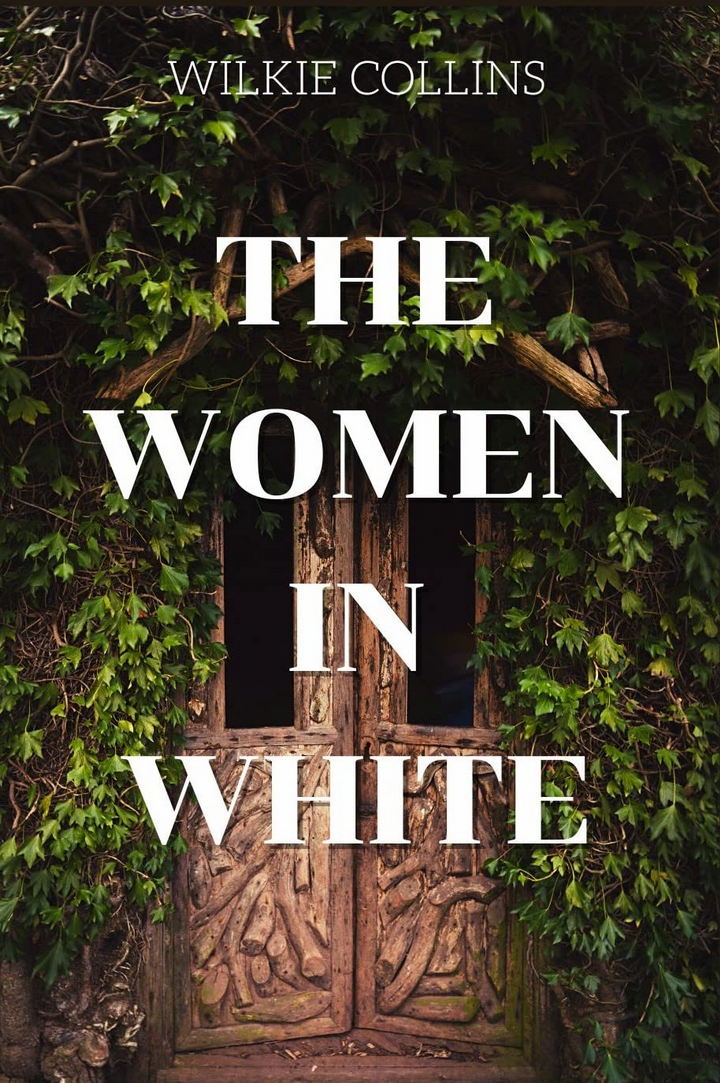
Sensational and thrilling, “The Woman in White” is often dubbed the first mystery novel in the English language. Its author, Wilkie Collins, crafts a tale filled with intrigue, suspense, and a dash of romance. It is one of the best-selling Victorian Novels of its time and cementing Collins’s status as a pioneer in detective fiction.
Set in the middle of the 19th century, the story revolves around a mysterious woman dressed entirely in white, who seems to be fleeing from an unknown danger. Through shifting narratives and epistolary accounts, Collins masterfully weaves a complex plot of deception, mistaken identities, and dark family secrets.
Its unique format, where different characters contribute their viewpoints to the overall story, was groundbreaking at the time. “The Woman in White” is more than just a mystery. It touches on themes of female vulnerability, societal expectations, and the consequences of greed. The novel’s gripping nature and layered plot structure set the stage for many detective stories in literature that followed.
08 – “Alice’s Adventures in Wonderland” by Lewis Carroll (1865)
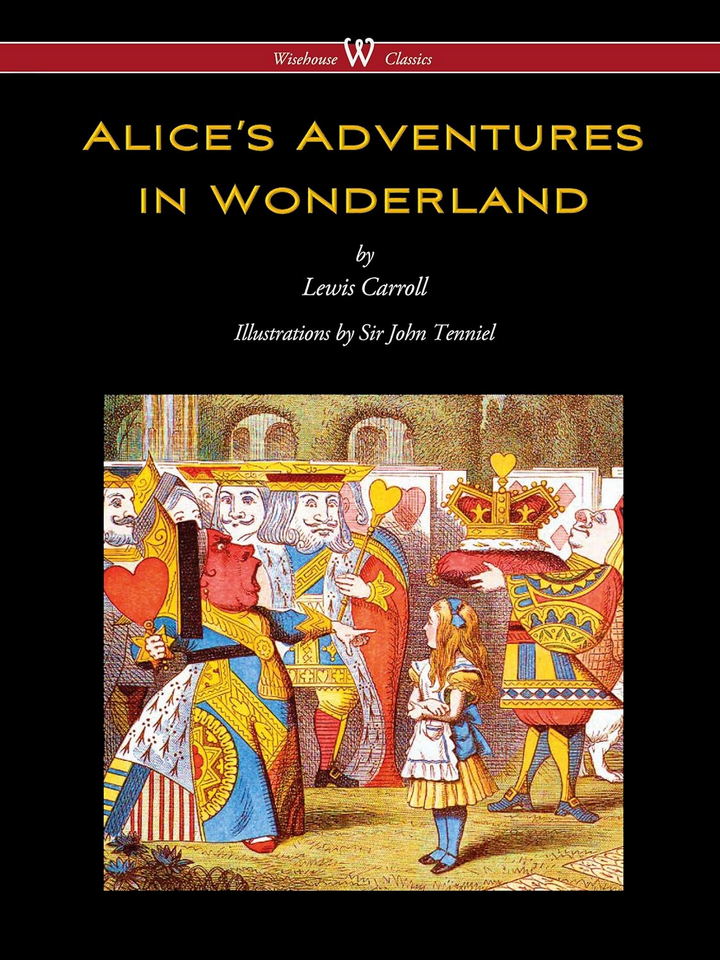
Stepping into the fantastical realm of “Alice’s Adventures in Wonderland” is akin to opening a door to a world of whimsy, absurdity, and sheer delight. Penned by Lewis Carroll, this novel transcends the boundaries of time, capturing the imaginations of both children and adults alike.
At its core, Alice’s journey is a tale of exploration and wonder. As she navigates the curious landscapes of Wonderland, she encounters a cast of unforgettable characters, from the Mad Hatter to the Cheshire Cat. These encounters are not mere fantastical diversions; they are riddles and reflections of Victorian society. Carroll’s wit and wordplay, combined with his playful critique of societal norms, make this book a timeless classic.
The novel, though set in a dream-like realm, touches upon very real themes – the transition from childhood to adulthood, the fluidity of identity, and the challenge of deciphering a world that often makes little sense. In its pages, readers not only revel in Alice’s adventures but also find echoes of their own quests for understanding in an ever-shifting world.
07 – “A Study in Scarlet” by Arthur Conan Doyle (1887)
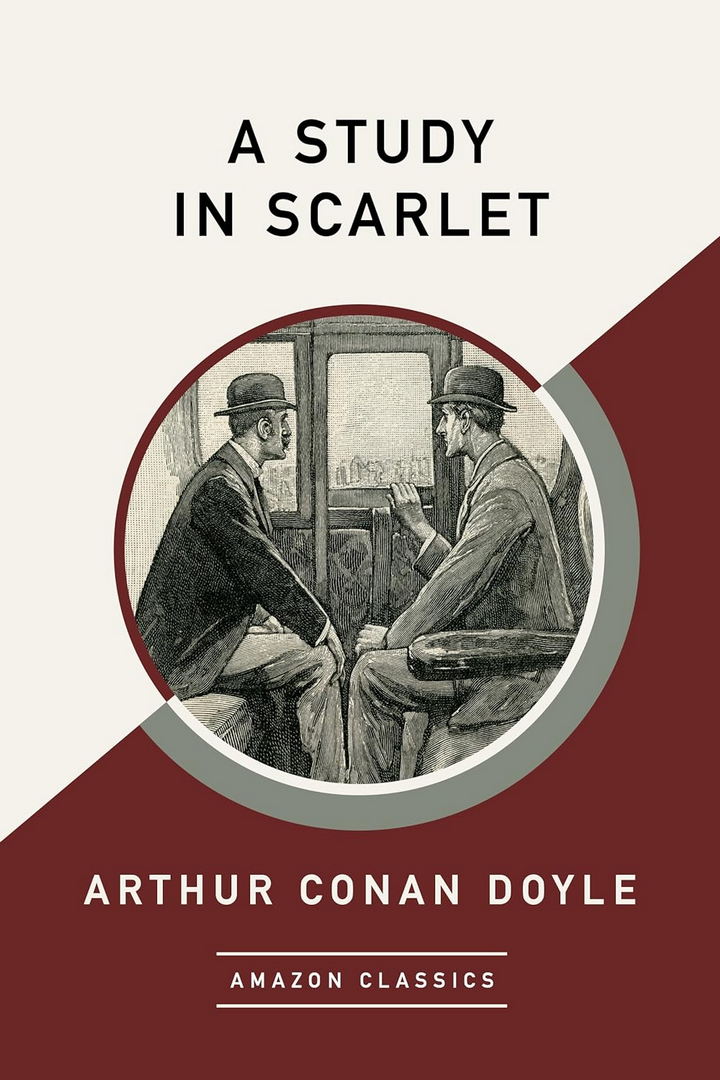
Kickstarting the detective genre’s golden age, “A Study in Scarlet” is where the world first met the brilliant Sherlock Holmes and his loyal friend, Dr. John Watson. Doyle’s groundbreaking narrative, with its blend of suspense, forensic science, and astute observations, laid the foundation for countless mystery novels that followed.
The story, set mostly in Victorian London, unravels a complex murder that only someone of Holmes’s caliber could solve. Beyond the intriguing plot, Doyle delves into the psyche of his characters, making them multi-dimensional and forever memorable. The dynamic between the methodical Holmes and the empathetic Watson sets a precedent for detective duos in literary history.
For lovers of crime fiction, this novel remains a testament to the enduring appeal of a well-crafted mystery. It is spotlighting the intricate dance between the detective’s mind and the crime at hand.
06 – “Tess of the d’Urbervilles” by Thomas Hardy (1891)
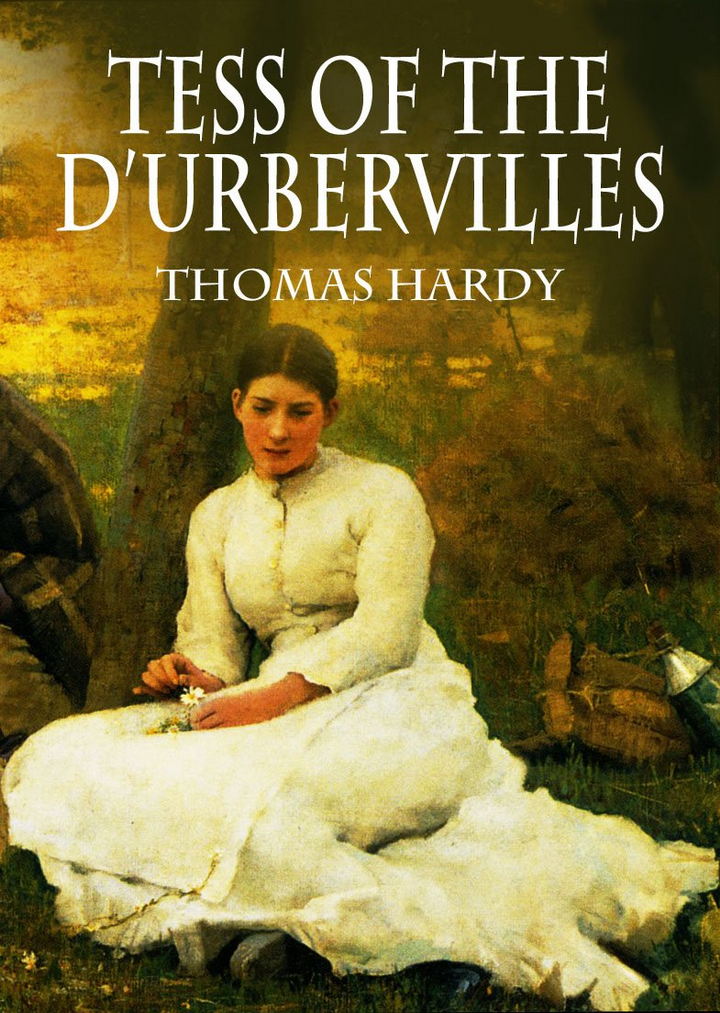
Hardy’s “Tess of the d’Urbervilles” remains a powerful critique of the Victorian social fabric and its double standards, especially concerning gender roles. Telling the tragic tale of Tess, a young woman victimized by the men in her life and by society’s hypocritical mores, this novel stands out as a searing indictment of the period’s oppressive norms.
Interweaving themes of fate, sexuality, and society’s rigid expectations, Hardy paints a picture of a rural England in flux, caught between old traditions and the oncoming rush of modernity. Tess herself becomes emblematic of the changing roles of women, her struggles highlighting the plight of countless others who, too, were crushed under the weight of societal expectations.
For many, this work is a deep dive into the raw emotions and challenges faced by Victorian women. It is providing readers with an invaluable glimpse into their daily lives and struggles, encapsulating the era’s turbulent transition.
05 – “Bleak House” by Charles Dickens (1853)
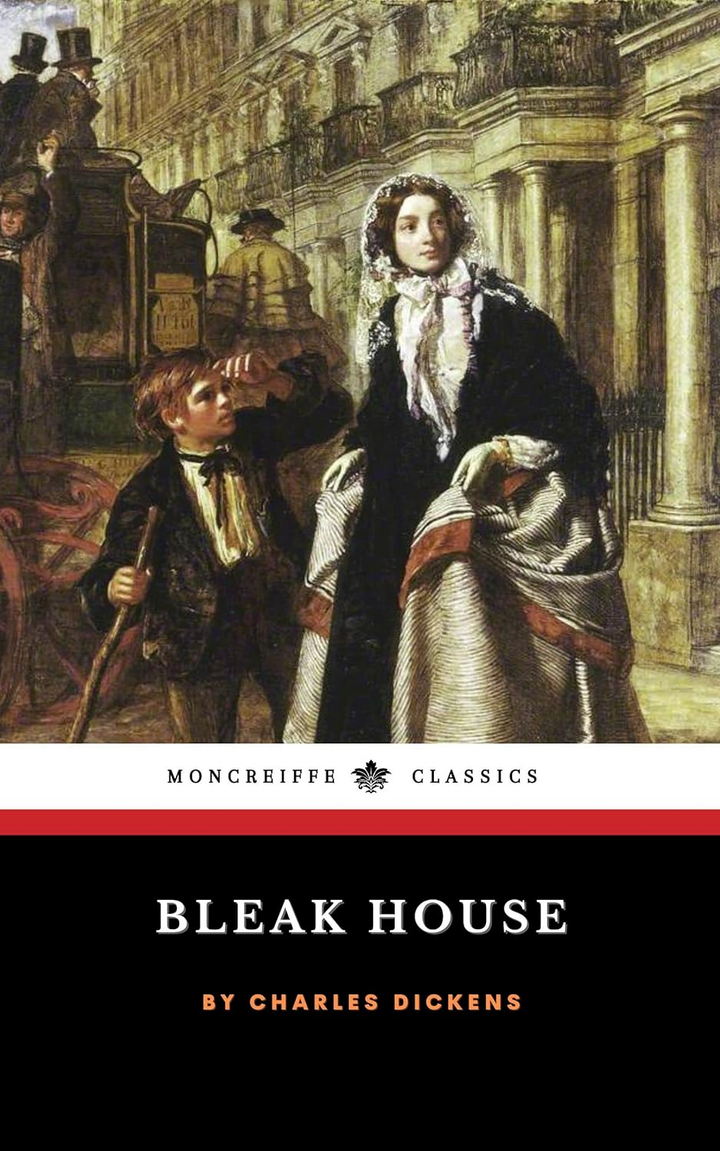
One of Dickens’s finest, “Bleak House” stands tall as a scathing commentary on the British legal system. Juggling multiple narratives, Dickens takes readers on a roller-coaster of emotions. From the grimy streets of London to the affluent salons of the city’s elite. Central to the tale is the never-ending lawsuit of Jarndyce and Jarndyce. A representation of the bureaucratic quagmire that ensnared many during that era.
Beyond its legal drama, Dickens introduces readers to a tapestry of characters, each richly developed and reflective of the various strata of Victorian society. From the ambitious Esther Summerson to the enigmatic Lady Dedlock, every character serves as a piece in Dickens’s grand mosaic of London life.
For literature enthusiasts, this novel is more than a mere story. It’s an exploration of the complexities of human nature, societal expectations, and the often stark divide between justice and the law.
04 – “Dracula” by Bram Stoker (1897)
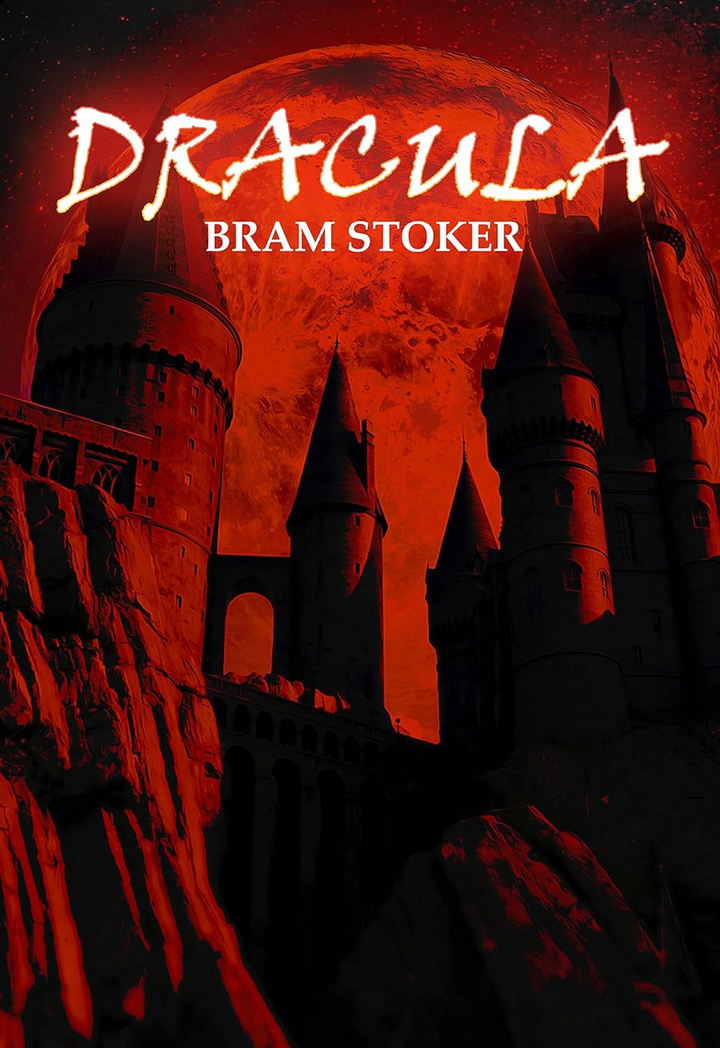
Transylvania’s most infamous resident, Count Dracula, comes to life in Stoker’s iconic gothic horror novel, “Dracula.” While vampire tales existed before, none have left an indelible mark on popular culture and the horror genre quite like this one. The narrative’s epistolary structure, conveyed through letters, diary entries, and news articles, builds suspense, making the reader a co-conspirator in the unfolding drama.
Set against the backdrop of Victorian England, this tale challenges the era’s notions of sexuality, power, and the unknown. The juxtaposition of the backward, superstitious Transylvania and the progressive London underscores the East versus West conflict, highlighting the apprehensions of a society on the cusp of the 20th century.
For those intrigued by the supernatural, “Dracula” is not just a blood-curdling tale; it’s a deep dive into the anxieties and obsessions of the Victorian psyche, illustrating the battle between civilization and primal desires.
03 – “The Picture of Dorian Gray” by Oscar Wilde (1891)
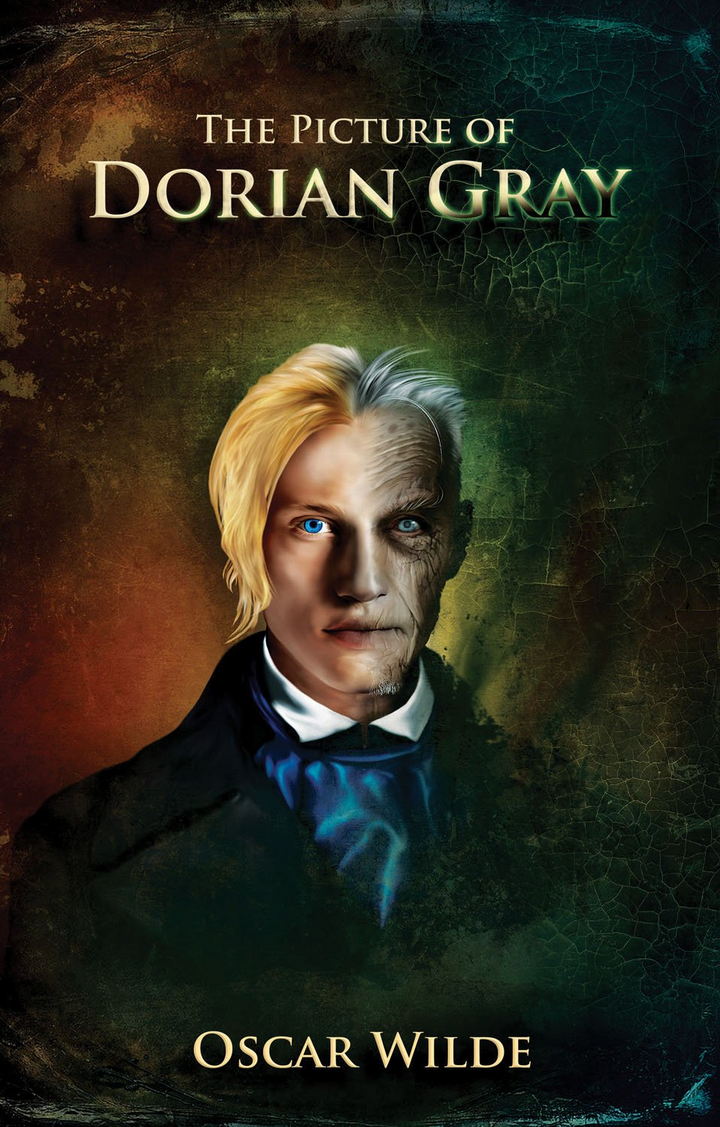
Dripping with wit, irony, and caution, “The Picture of Dorian Gray” remains Oscar Wilde’s most controversial work. The narrative centers on a simple premise: a portrait that ages, while its subject remains untouched by time’s ravages. But beneath this façade lies a sharp critique of Victorian morality and the society’s hypocritical stances on beauty, art, and ethics.
Dorian Gray, with his hedonistic pursuits and moral descent, symbolizes the clash between one’s public face and hidden desires. The novel is an introspective look into the duality of human nature and the perils of unchecked vanity. Wilde’s poetic prose and biting wit take readers on a whirlwind tour of London’s decadent high society, underlining the often superficial nature of such milieus.
For literature aficionados, this isn’t just a tale of a man and his portrait. It’s a reflection on the transitory nature of beauty, the price of indulgence, and the thin veneer of Victorian respectability that masks darker truths.
02 – “Vanity Fair” by William Makepeace Thackeray (1848)
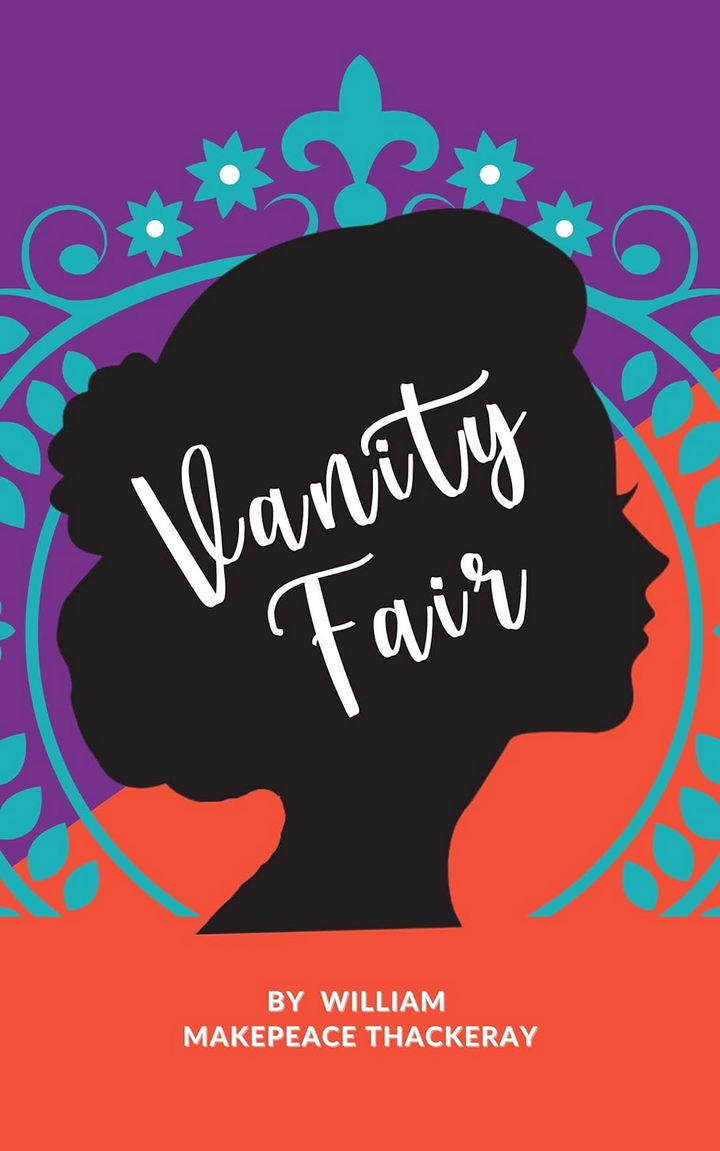
Labeling his work “A Novel Without a Hero,” Thackeray presents a panoramic view of British society in “Vanity Fair.” This satirical masterpiece delves deep into the lives, loves, and losses of its characters against the backdrop of the Napoleonic Wars. At its core stands the unforgettable Becky Sharp, an ambitious woman navigating the pitfalls and peaks of the Victorian social ladder.
Thackeray’s incisive commentary critiques a society obsessed with status and materialism. The fair of vanity, as he paints it, is a tumultuous space where fortunes are made and lost, and morality often takes a back seat to ambition. The author’s intricate character development and keen observational humor offer readers an immersive experience of 19th-century England, with its wars, balls, and scandals.
For those exploring the dynamics of power, ambition, and societal norms, “Vanity Fair” serves as a timeless reflection on human aspirations and the often-blurred lines between right and wrong.
01 – “Great Expectations” by Charles Dickens (1861)
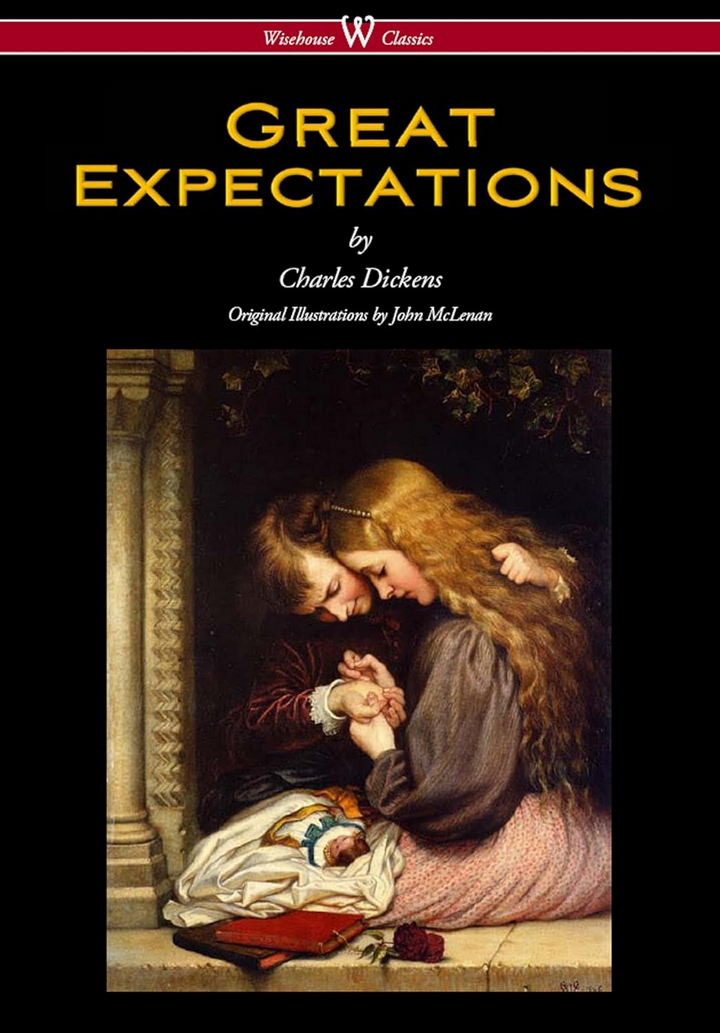
Unraveling the complexities of life, love, and morality, “Great Expectations” stands tall as one of Dickens’ most esteemed works. This bildungsroman trails the life of young Pip as he transitions from a humble blacksmith’s apprentice to a gentleman, thanks to a mysterious benefactor. Dickens uses Pip’s journey to lay bare the Victorian society’s class structure, where fortunes can transform lives but not always character.
At its heart, the novel explores themes of ambition, self-improvement, and personal development, juxtaposing them against the backdrop of societal expectations and standards. The rich tapestry of characters – from the enigmatic Miss Havisham to the loyal Joe – offers readers a glimpse into the various faces of Victorian England, each bringing forth lessons and reflections about human nature.
For readers captivated by stories of personal transformation and the intricacies of societal norms, “Great Expectations” offers a compelling narrative that remains timeless in its exploration of human desires and destiny.
Probing the Heart of Victorian Literature: Its Defining Characteristics
The Victorian Era was a time of paradoxes. Rapid industrialization and urbanization were changing the face of England, yet there was a deep-seated yearning for the simplicity of bygone days. This duality of experience is palpably felt in its literature. For instance, the rapid rise of cities led to a sense of displacement, a theme that frequently surfaces in the Victorian novels. Characters often grapple with a sense of not quite fitting in, of being trapped between two worlds. This resonates even today, as the churn of globalization and technological upheaval often leaves us feeling adrift.
Additionally, the literature of this era was deeply rooted in its socio-political environment. Queen Victoria’s reign saw significant legal and societal reforms, many of which were triggered by literature. Novelists didn’t just observe society; they actively participated in shaping it. Their writings were not just tales. They were powerful tools of social critique, pointing out the injustices and inequalities prevalent during the era. It was not uncommon for a novel to provoke debates in the Houses of Parliament!
Furthermore, Victorian literature showcased an intrinsic blend of realism with a touch of the ethereal. While the narrative took care to portray the intricacies of everyday life, there was always an undercurrent of the mystical. Almost as if reality was too raw to be depicted in its unadulterated form.
Lastly, one cannot discuss Victorian literature without mentioning its exploration of the human psyche. The era saw the dawn of psychological theories, and this is evident in its literature. Characters were no longer mere players acting out a plot; they had depth, they had internal conflicts, they were real.
In the Hallowed Halls of Victorian Literary Legacy
The Victorian Era, with its gas-lit streets and horse-drawn carriages, might seem worlds away from our technologically advanced epoch. Yet, when one delves into its literature, there’s an immediate resonance. Why is that? It’s because the core essence of Victorian literature, with its deep-rooted exploration of humanity and society, is timeless.
Victorian literature, in many ways, laid the groundwork for contemporary literary trends. The themes of societal inequality, gender roles, and human emotions are evergreen. They might manifest differently across eras, but their core remains unchanged. When one reads a Victorian Era novel, the byzantine streets of 19th century London might be foreign. But the human emotions – love, despair, ambition, and conflict – are instantly relatable.
Moreover, the era’s significance extends beyond its literary prowess. The Victorian Era acted as a crucible, a melting pot of ideas and ideologies. It was a time when Great Britain was expanding its territories. And yet, back home, there was a deep introspection about morality, purpose, and the greater good. This duality, this tension between expansion and introspection, gives Victorian literature its unique flavor.
In conclusion, as we embark on exploring the ’10 Most Influential Victorian Era Novels that Redefined Literature’, we aren’t merely reading about another time. We are connecting with a legacy that has shaped modern storytelling. We are revisiting tales that, while set against the backdrop of the gas-lit streets of Victorian England, echo the collective human experience across ages. Through these novels, we not only glimpse the past but also gain insights into our present, understanding more about our emotions, aspirations, and the society we inhabit.


